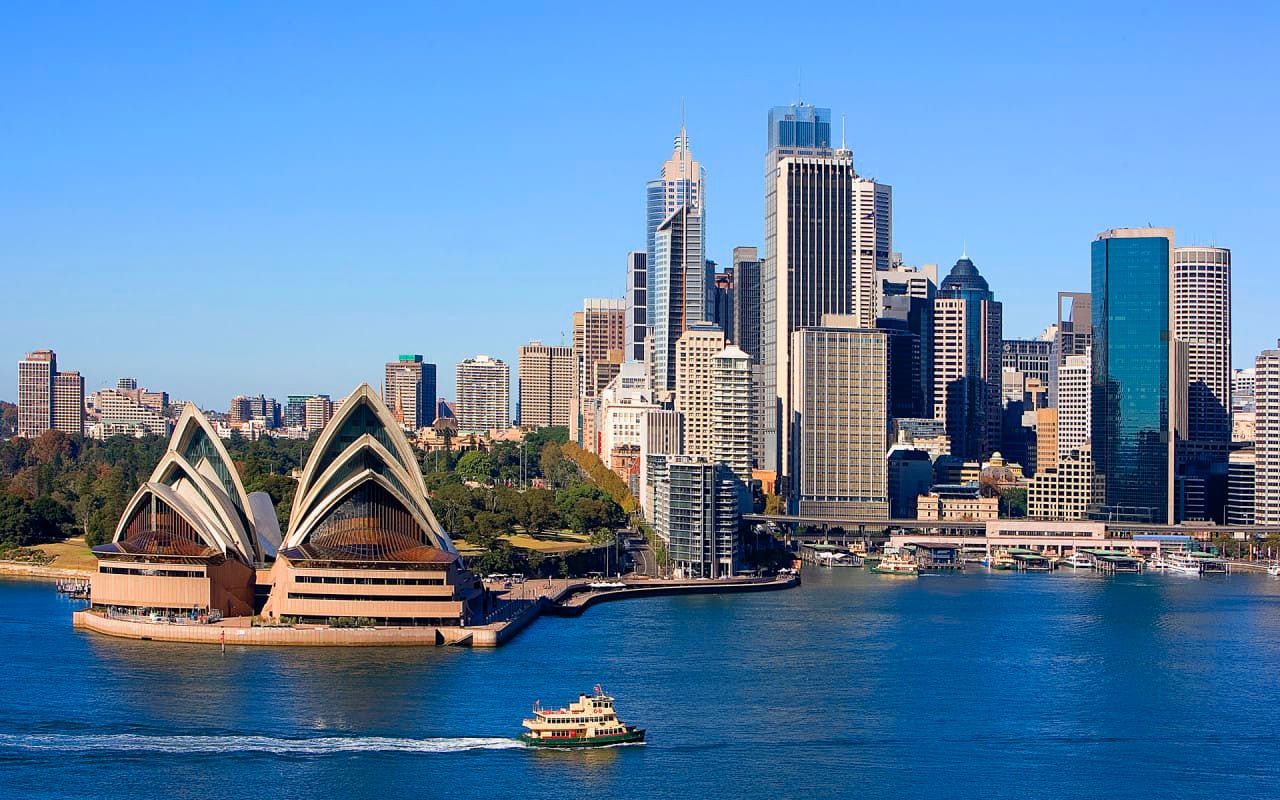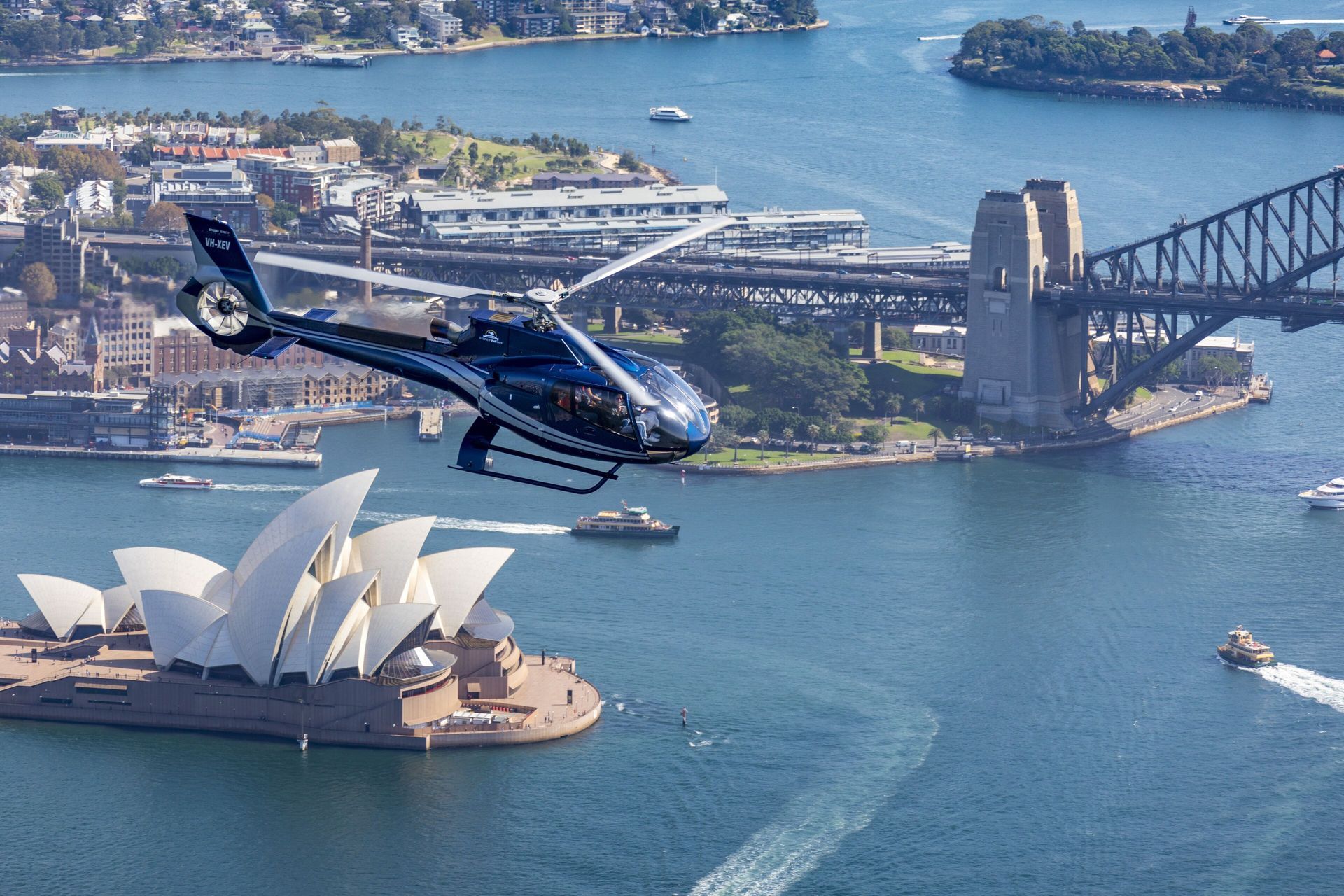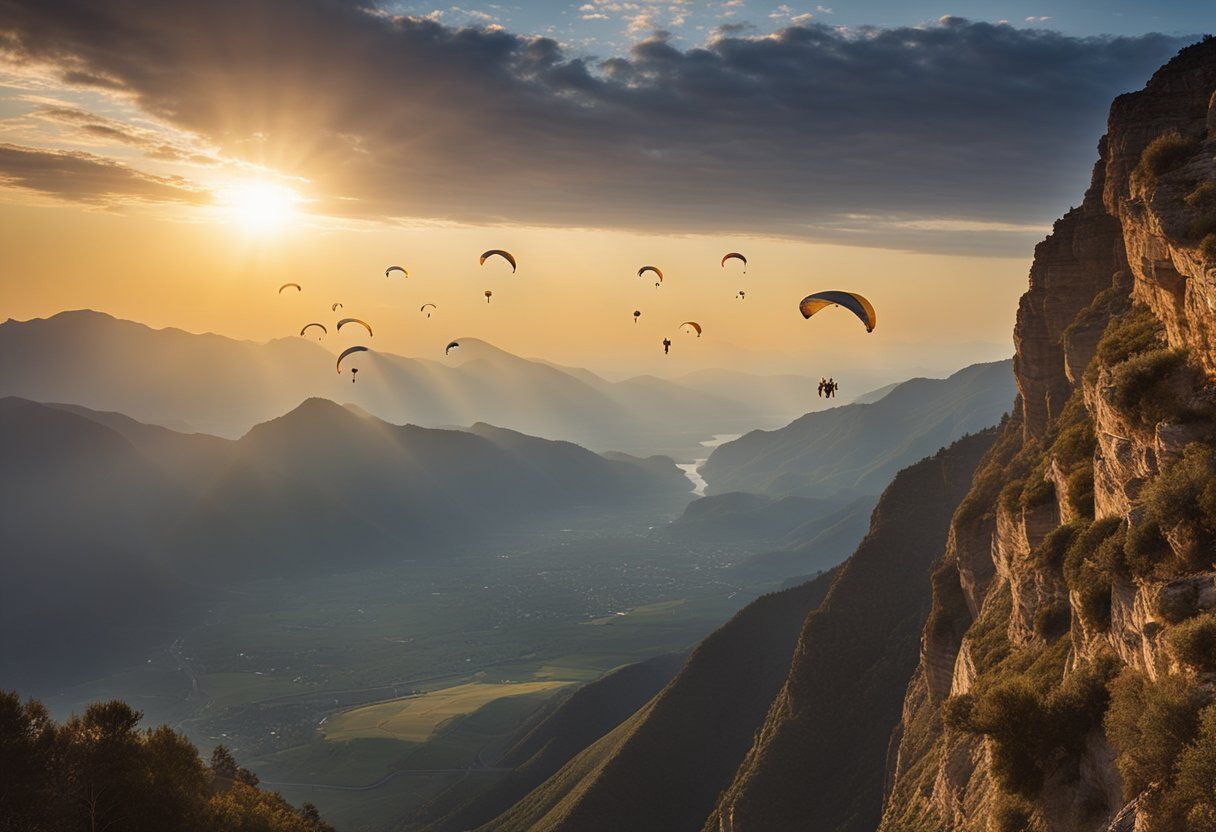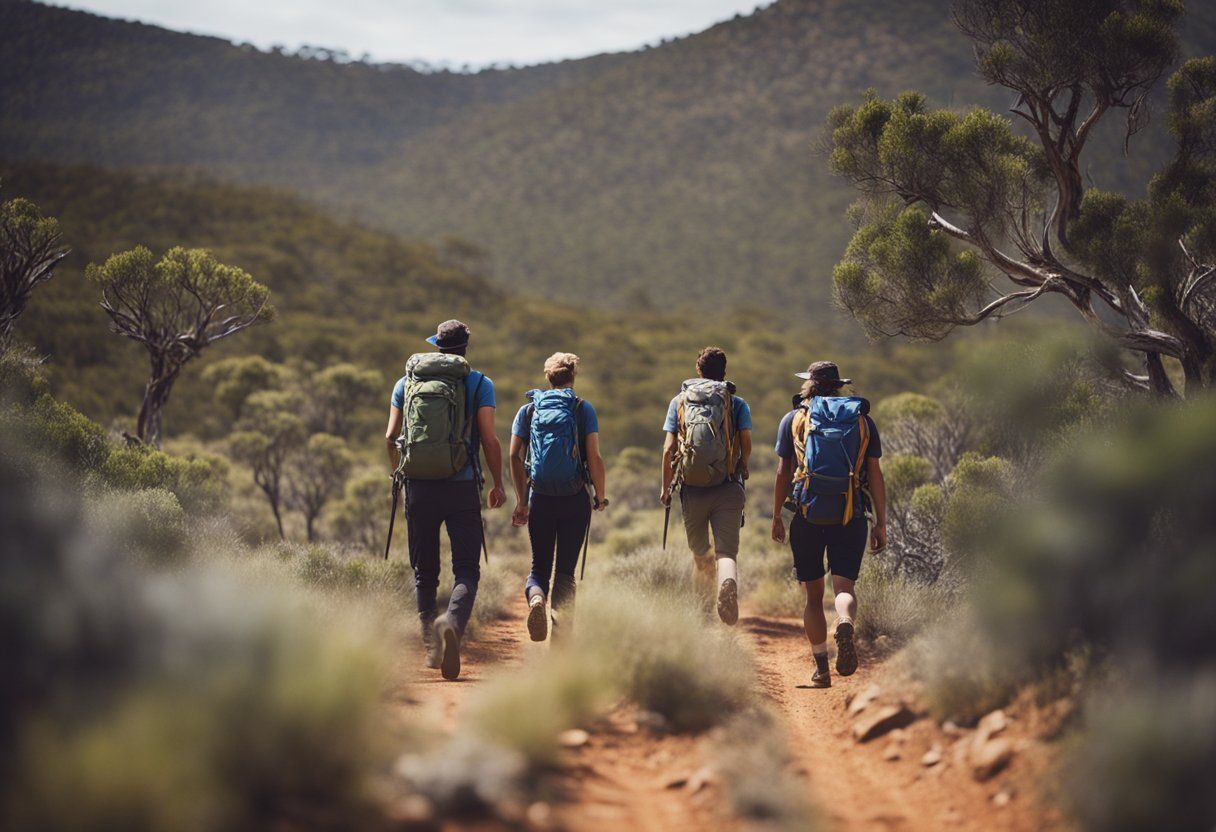To share
Meeting a koala up close is a special experience that many animal lovers dream about. These endearing creatures are iconic in Australia and can be encountered at various wildlife sanctuaries and zoos. Knowing where to go, what to expect, and how you can help with conservation can make your koala encounter even more meaningful.
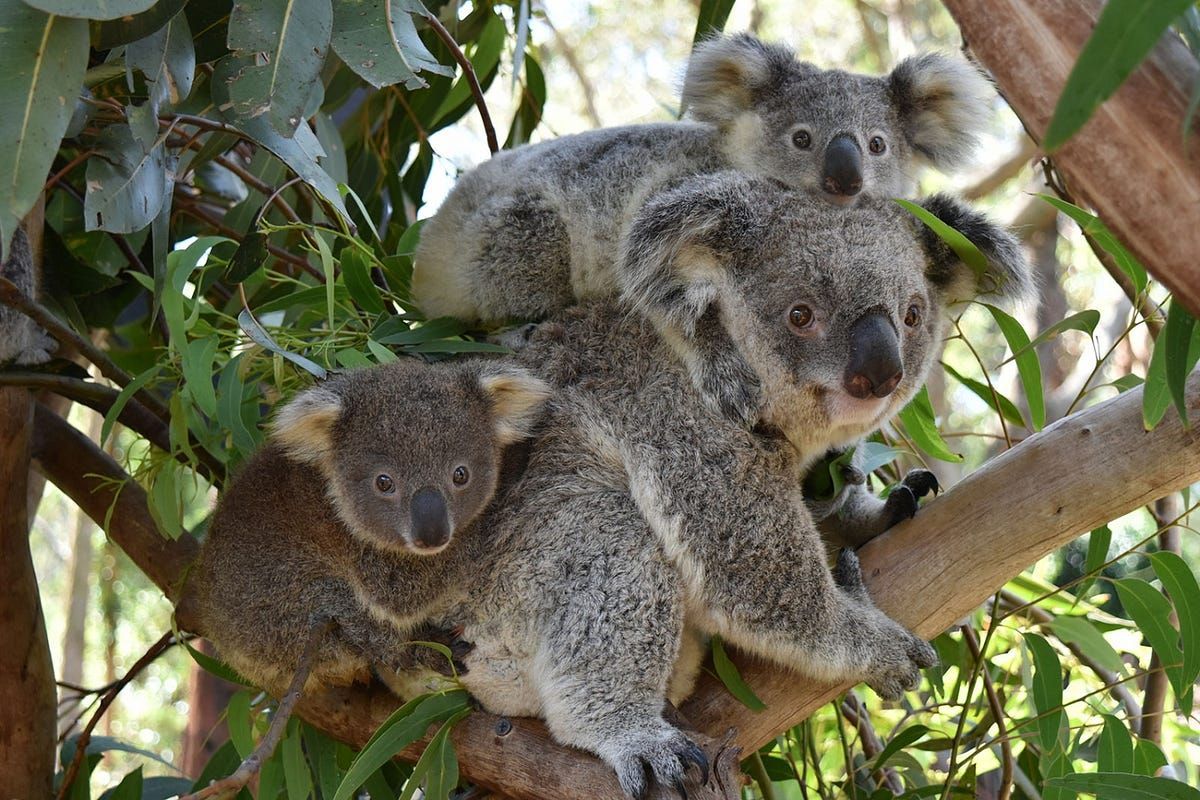
Some well-known places to experience these interactions include Lone Pine Koala Sanctuary in Brisbane and Moonlit Sanctuary. Each venue offers unique experiences, often accompanied by a short educational talk about koalas and their natural habitat. By choosing a reputable location for your encounter, not only do you enjoy the experience, but you also support efforts in koala conservation.
Understanding the requirements for these encounters is crucial. Venues like Australia Zoo have specific guidelines for visitors, such as age restrictions for participants. Planning your visit can ensure hassle-free participation and contribute positively to koala care and conservation.
Key Takeaways
- Koala encounters are available at various wildlife sanctuaries across Australia.
- Supporting koala encounters also helps with conservation efforts.
- There are guidelines and age restrictions for participating in koala encounters.
Understanding Koala Encounters
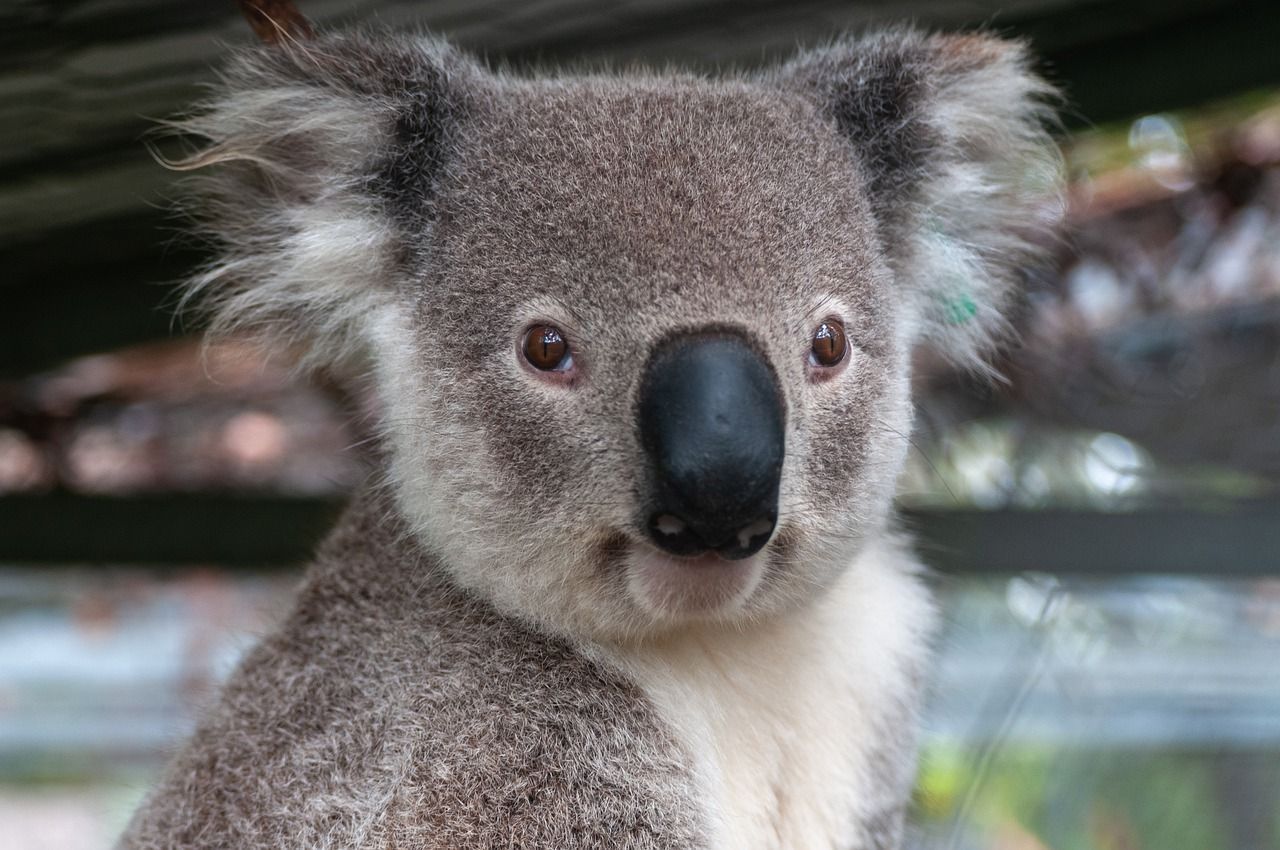
Koala encounters offer a unique opportunity to interact with these unique marsupials and learn about their habits. Visitors can experience the charm of these cuddly creatures while supporting conservation initiatives.
The Significance of Koala Encounters
Koala encounters are not just about meeting a cute and cuddly Aussie icon. They provide a meaningful connection with nature and highlight the importance of wildlife conservation. These interactions foster a deeper appreciation for koalas, which are vulnerable due to habitat loss and climate change.
Through koala encounters, individuals can learn about the lifestyle and needs of these remarkable animals. This knowledge can translate into more awareness and support for conservation efforts. By participating in these animal encounters, people contribute to organisations working hard to protect marsupials and their habitats.
Types of Koala Encounters
Visitors can experience different types of koala encounters across various wildlife parks in Australia. Some of these include guided tours where participants can observe koalas in their natural environment, like the ones at Taronga Zoo.
Others offer the chance to cuddle a koala, such as the Cuddly Koala Encounter at Australia Zoo. Interactive experiences may also include feeding sessions, like the Koala Kindy Encounter, where guests help provide the daily eucalyptus leaves to koalas.
Preparing for a Koala Encounter
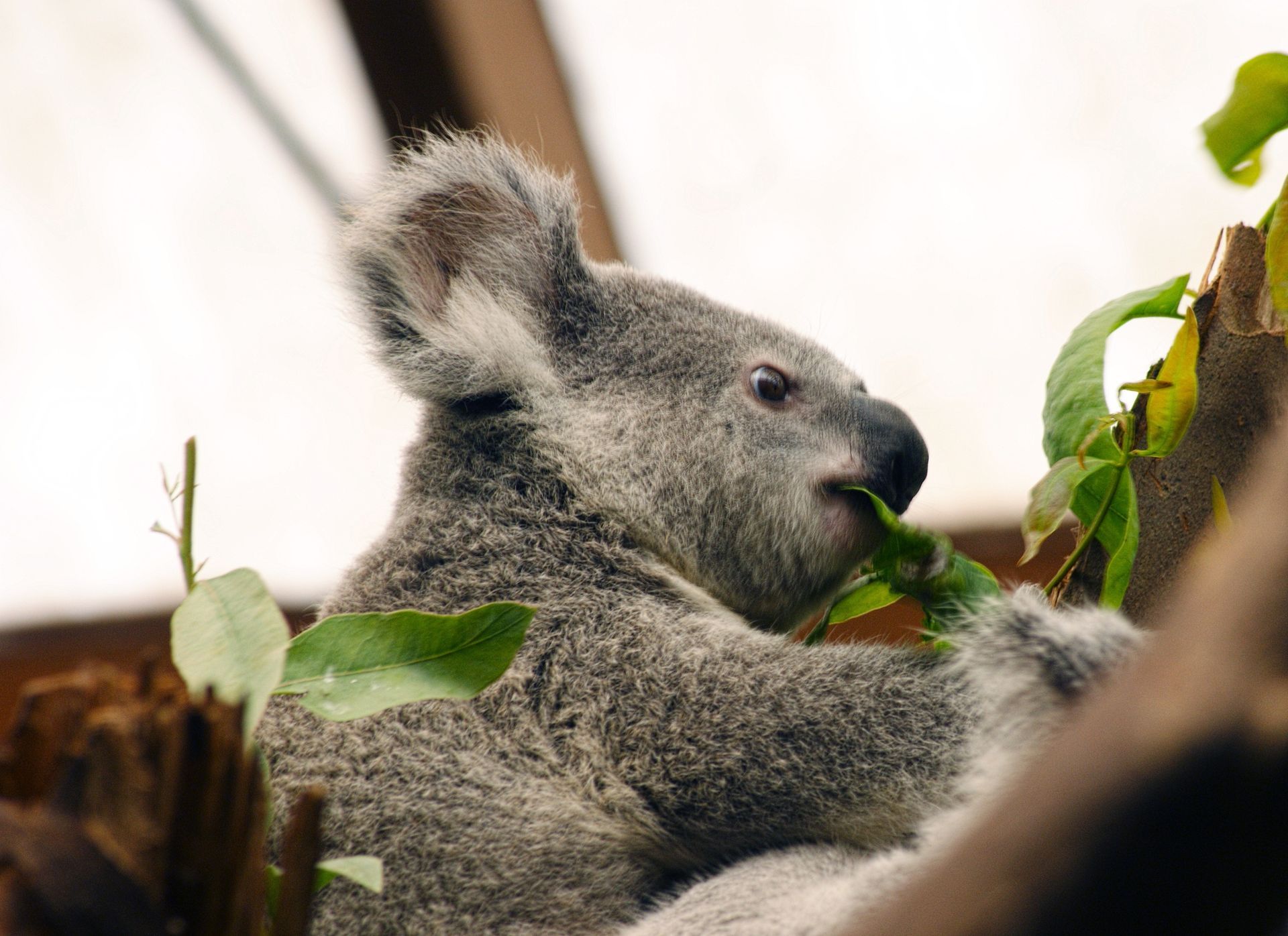
When getting ready for a koala encounter, it's important to know the best times for a visit, what to expect during the interaction, and the necessary rules and safety measures to ensure the welfare of these unique animals.
Best Time for a Koala Encounter
Koala encounters are often scheduled at specific times to benefit both the animals and visitors. Popular sites like the Moonlit Sanctuary and Australia Zoo offer multiple sessions throughout the day. Early morning or late afternoon visits are ideal, as koalas tend to be more active during cooler parts of the day. Planning your visit during weekdays or outside school holidays can reduce wait times and crowding. Always check the venue's schedule in advance for precise time slots to ensure the best experience for both you and the koalas.
What to Expect During the Encounter
During a koala encounter, visitors can get up close to these iconic marsupials. At locations such as Featherdale Sydney Wildlife Park and Taronga Zoo, the experience might include holding or interacting with a koala under the supervision of trained staff. These encounters are educational, offering insights into koala behaviour, habitat, and conservation efforts. Sessions typically range from brief interactions to longer educational talks. A personal photo with the koala is often included, creating a memorable souvenir. Queries about koalas can be addressed by keepers during the session.
Rules and Safety Regulations
Facilities hosting koala encounters maintain strict guidelines to ensure both visitor and animal safety. Interaction is usually limited to specific actions like petting, as koalas have sensitive skin and a low-stress tolerance. Visitors should follow all instructions given by staff to avoid distressing the animals. Many places, such as Taronga Zoo, emphasise minimal noise and movement during encounters. These rules support the well-being of the koalas, ensuring they remain comfortable and healthy. Abiding by these guidelines helps preserve their natural behaviour and reduces the risk of human-induced stress.
Koala Encounter Venues
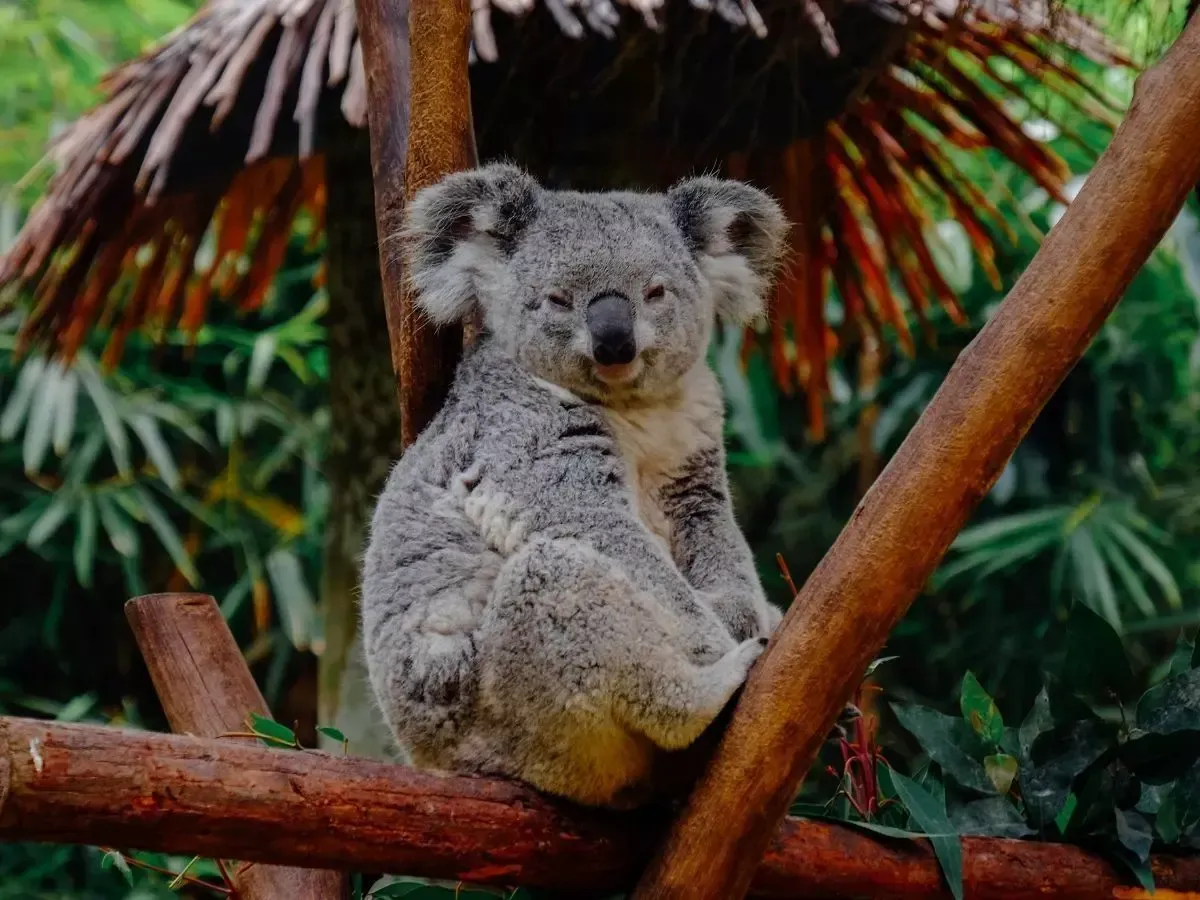
Koala encounters are a popular attraction in Australia, offering unique experiences with these iconic marsupials. Each venue offers something special, whether it's a conservation message or a hands-on activity.
Taronga Zoo Sydney
Taronga Zoo, located in Sydney, provides visitors with a memorable koala encounter. This not-for-profit organisation uses proceeds from these encounters to fund important conservation efforts. Guests can expect to learn about koalas and their habitats from knowledgeable staff.
The zoo is dedicated to education and conservation, making it a top choice for those interested in supporting wildlife protection. In addition to koalas, Taronga Zoo houses a variety of Australian wildlife, allowing visitors to explore more than just koalas during their visit.
Other Notable Locations
Lone Pine Koala Sanctuary near Brisbane is the world's first and largest koala sanctuary. It's home to over 130 koalas. Visitors here can enjoy close encounters and learn about koala care and conservation.
At Moonlit Sanctuary, visitors can book an encounter and get insight into koala habits. For a more hands-on experience, the Australia Zoo offers cuddling experiences with expert talks on koalas. Each of these venues offers unique opportunities to connect with these beloved creatures.
Pricing and Accessibility
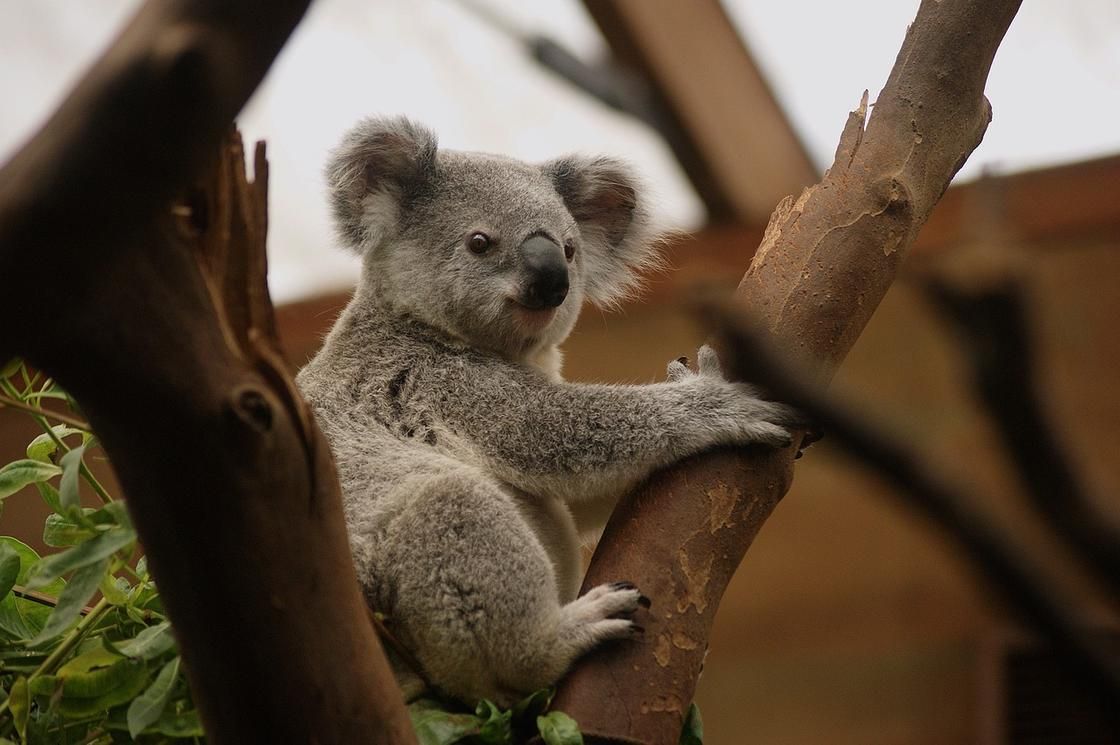
When considering koala encounters, understanding the cost and options for families can help plan a memorable visit. Prices vary depending on location and experience details, with some places offering special packages for children and groups.
Cost of Koala Encounters
Koala encounters range in pricing based on factors such as venue and session inclusions. For example, the Australia Zoo offers these unique experiences starting from $124 per person. At the Australian Reptile Park, koala experiences cost $90, not including park admission. These encounters usually last around 20 minutes and provide a personal interaction with the koalas.
Pricing details are often transparent, allowing visitors to plan their budgets accordingly. Time slots offered can vary, so it's wise to book early, especially during peak holiday periods. Consider any additional costs for photos or souvenirs, which can enhance the overall encounter experience.
Family and Children Packages
Many locations offer family-friendly packages, making koala encounters more accessible for children. Facilities like the Moonlit Sanctuary and Oakvale Wildlife Park include educational talks suitable for both adults and kids. These sessions typically provide fun and informative insights into koala behaviour and conservation efforts.
Group bookings might include discounts or special rates for children, ensuring these encounters are family budget-friendly. It's beneficial to review what each package offers, including photo opportunities or additional educational materials. Such options can enrich the experience, making it more engaging and informative for younger participants.
Conservation and Animal Welfare
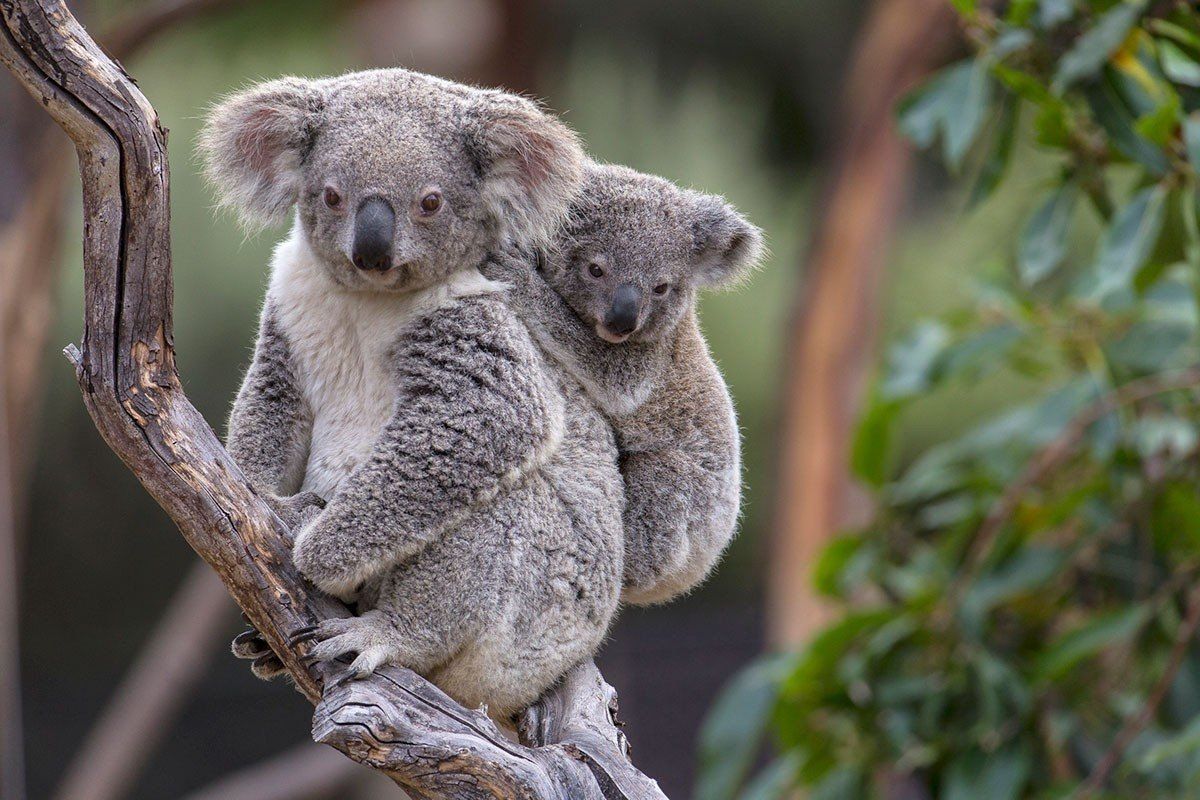
Koala encounters offer a unique opportunity for visitors to learn about these beloved animals while contributing to conservation efforts. Many organisations are not-for-profit and use proceeds from these encounters to support conservation projects.
Animal welfare is a top priority during koala encounters. Facilities like Taronga Conservation Society Australia ensure that interactions are safe and respectful for both the animals and guests. They offer structured environments where koalas are comfortable.
To protect animal well-being, some sanctuaries, such as Lone Pine Koala Sanctuary, have introduced policies restricting direct physical contact with koalas. These measures help prevent stress and health issues in these animals while educating visitors about their care.
By participating in these activities, visitors contribute to conservation initiatives. For example, at Lone Pine Koala Sanctuary, part of the funds collected from koala encounters goes directly towards the Australian Wildlife Conservancy, aiding in protecting vulnerable species.
Benefits:
- Supports conservation projects
- Educates the public on animal welfare
- Provides funds for wildlife protection measures
Koala encounters help spread awareness and generate support for conservation efforts, ensuring these iconic animals have a secure future.
Planning Your Skydiving Trip
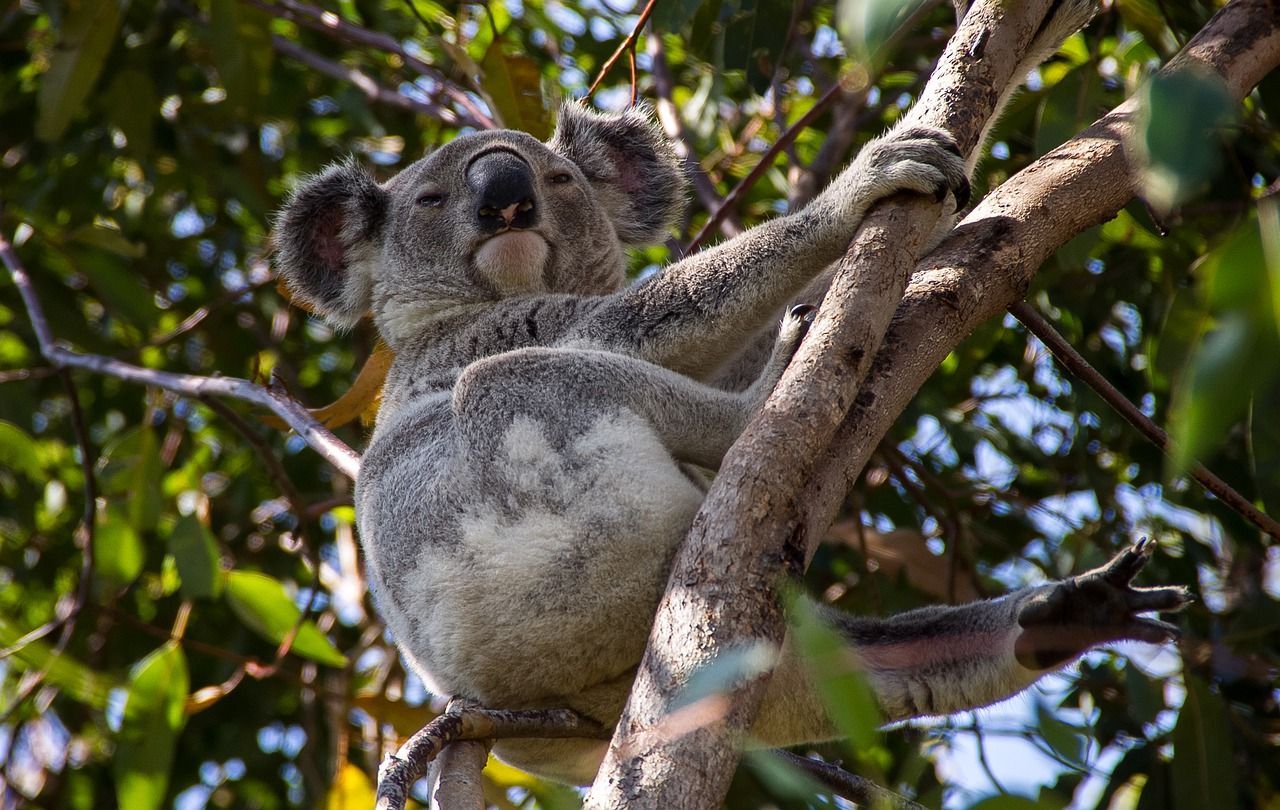
Weather plays a significant role in planning koala encounters. In Australia, summer months (December to February) can be extremely hot, leading to discomfort and increased stress for koalas. Visitors may prefer morning or late afternoon encounters to avoid peak heat.
During winter (June to August), some areas experience cooler temperatures, which can be more comfortable for both humans and koalas. However, koalas are less active during the colder months, possibly affecting the interaction quality.
Rain can impact the experience, as koalas may seek shelter and be less accessible. It's advisable to check the forecast before planning a visit, especially during the rainy season or when extreme weather events are predicted.
Time of day can also influence the encounter. Early mornings and late afternoons often offer cooler weather and a more enjoyable experience. Koalas, being primarily nocturnal, might be sleepier during the day, which affects their level of activity.
Frequently Asked Questions
Koala encounters are popular experiences in Australia, offering visitors the chance to get close to these iconic animals. Various locations across the country allow different levels of interaction with koalas, sometimes even allowing visitors to hold them.
Where is it possible to have a koala encounter in Melbourne?
In Melbourne, the Moonlit Sanctuary offers koala encounters. Visitors can meet the koalas at several times throughout the day, providing a space to interact with these animals in a meet-and-greet style session.
Can visitors participate in koala encounters at the Taronga Zoo in Sydney?
At Taronga Zoo in Sydney, visitors can enjoy a close encounter with koalas, although holding koalas is not permitted. Guests can learn about these creatures during an informative session and get a photo opportunity with them.
In which locations across Australia are you able to cuddle a koala?
Cuddling a koala is typically allowed in Queensland and South Australia. Locations like the Lone Pine Koala Sanctuary near Brisbane and certain parks in South Australia permit this close interaction under supervision.
What are the regulations surrounding holding koalas in Australia?
Regulations about holding koalas vary by state. For instance, Queensland and South Australia allow koala handling under specific guidelines aimed at ensuring the safety and comfort of the animals. However, New South Wales and Victoria generally do not permit visitors to hold koalas.
Are there opportunities to interact with koalas at the Australia Zoo?
The Australia Zoo provides opportunities to interact with koalas, including photo sessions and educational encounters, although visitors cannot hold the koalas. These interactions focus on raising awareness and understanding about the animals' habitat and behaviour.
Which zoos in Brisbane offer koala holding experiences?
In Brisbane, the Lone Pine Koala Sanctuary is notable for allowing visitors to hold koalas. This experience offers a unique opportunity to get closer to these Australian icons while learning about their care and conservation.

